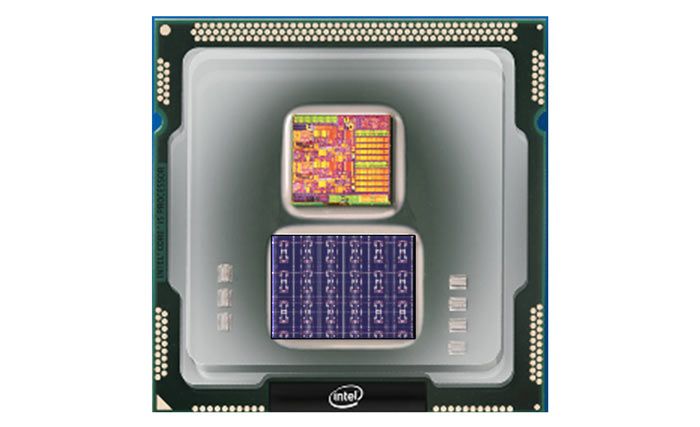Intel has released some news concerning its first neuromorphic computer processor. Still in its test stages the chip, codenamed Loihi, has a design that is said to blend ideas from semiconductor science, physics, and biology. By definition neuromorphic designs mimic neuro-biological architectures.

Intel Loihi prototype chip
Loihi does indeed sound like an interesting project but what of its purpose? In answer to that, first of all, Loihi is claimed to be an "extremely energy-efficient chip," that is up to "1,000 times more energy-efficient" than general purpose computer chips in typical training systems, for example. Intel reckons Loihi will be particularly adept at analysis and decision-making derived from highly dynamic and unstructured natural data.
A second important quality of the processor is that it will use data to learn and make inferences, growing smarter over time without the need to be trained in the traditional computer system way. This will help to raise the bar for AI and facilitate endless adaptations and personalisation.
Loihi is just a prototype or 'test chip' at this time but already claimed to offer a wide array of useful properties. Intel says that it will share samples with leading university and research institutions "with a focus on advancing AI," from H1 2018 onwards.
Loihi test chip highlights
- Fully asynchronous neuromorphic many core mesh that supports a wide range of sparse, hierarchical and recurrent neural network topologies with each neuron capable of communicating with thousands of other neurons.
- Each neuromorphic core includes a learning engine that can be programmed to adapt network parameters during operation, supporting supervised, unsupervised, reinforcement and other learning paradigms.
- Fabrication on Intel's 14 nm process technology.
- A total of 130,000 neurons and 130 million synapses.
- Development and testing of several algorithms with high algorithmic efficiency for problems including path planning, constraint satisfaction, sparse coding, dictionary learning, and dynamic pattern learning and adaptation.
Just over a week ago we saw BrainChip launch the first PCIe card for the hardware acceleration of neuromorphic computing. At the current time it offers limited application - very fast image recognition in security video software. However, it's a sign that Intel should move forward quickly to be a true pioneer in this computing segment.













